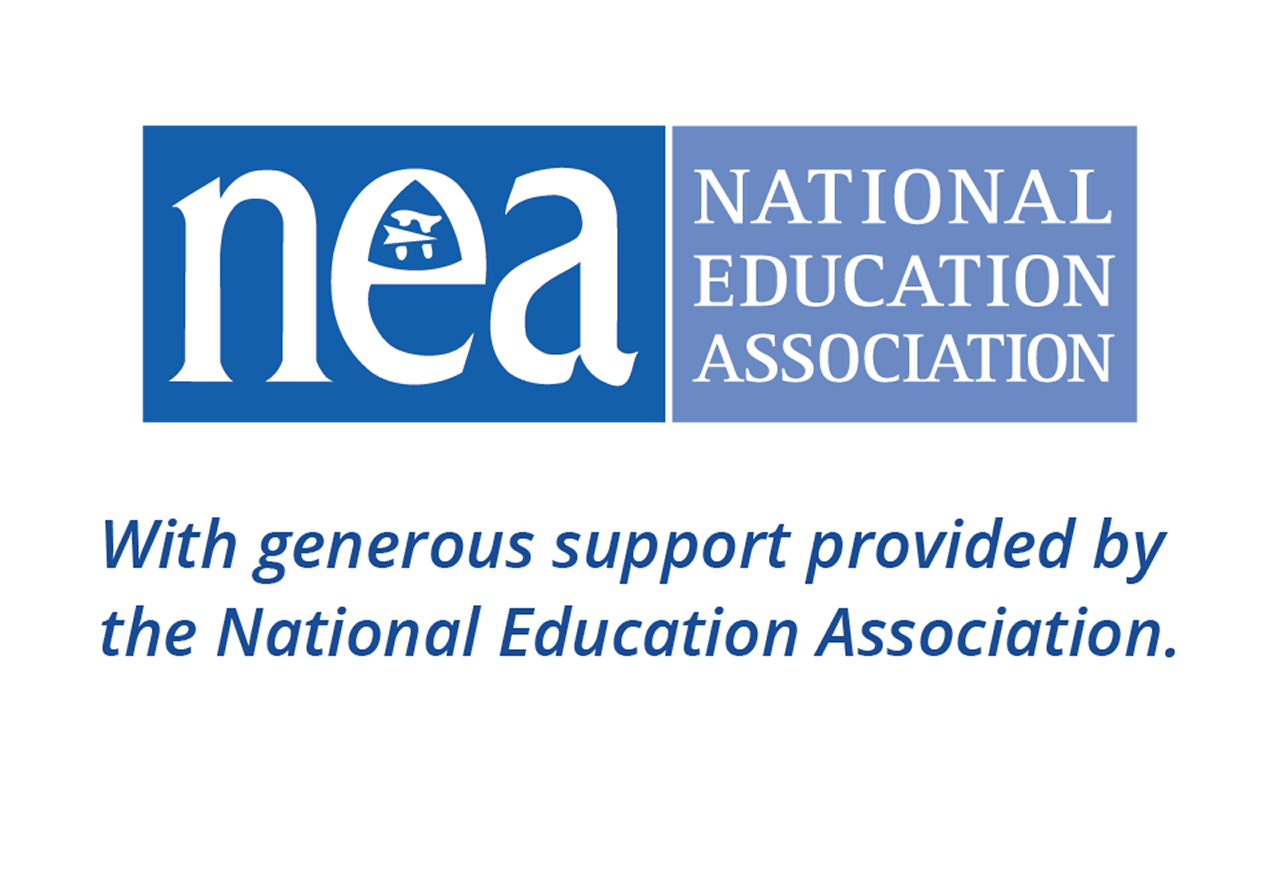Tell us about your role and your district.
I am the district Elementary ELL Instructional Coach for Topeka Public Schools. Topeka Public Schools has approximately 14,000 students, 17% of which are English language learners. The main L1 spoken in our district is Spanish; however, there are six other languages spoken by our families.
What has your district been doing in recent months to address the needs of immigrant families?
Our ELL Department has been working like mad to get teachers, administrators, and support/office staff up to speed on an issue that we really should have been paying more attention to and devoting more resources to for quite some time. We have developed a plan to support our students, families, and staff in different ways. One of the first things we did as reports of ICE activities began to escalate was to hand out "Know Your Rights" information in Spanish and English to our families at Parent/Teacher Conferences with the explanation that if the information was not applicable to the parent to please pass on the information to anyone who may need it.
Tell us about the Immigrant Support Teams.
After creating our plan and holding our initial parent sessions, with the support of district administration, we suggested each school form Immigrant Support Teams. School-based Support Team members could include, but are not limited to: ELL teachers, administrators, social workers, counselors, interpreters, and front office staff. The Immigrant Support Team should create a plan in the event a student's family member is detained, not able to be located, or other related crisis. The Support Team would also provide support for students experiencing immigration-related crisis and/or stress. Additionally, the Support Team could help educate classroom teachers and staff regarding students' rights, present ideas for teachers, and be knowledgeable about resources. So far schools have received this information very well and most schools have begun to form their teams. Many schools are also putting immigration-related stress as a topic for discussion at mental health team meetings. Some Support Teams have already conducted presentations at their school staff meetings and one school has had a parent meeting presenting this information.
We envision the school-based Immigration Support Teams to serve as the main means for educating general education staff members, administration, and office staff. To provide support for schools to begin forming these teams we held an optional district professional development session called "Developing Resources and Supports for Immigrant Students." The event featured a local immigration specialist who discussed the current immigration climate, what families are being advised to do legally, planning for the worst-case scenario, and what school communities can do to offer support to immigrant students and families. We had a representative from every ELL school in the district attend this meeting, with over 50 attendees. We structured the activity for 40 minutes of presentation followed by 20 minutes for Q & A. I think it was an eye-opener for many who attended. The district's Coordinator of Social Workers attended and relayed that immigration trauma and stress would be put on her agenda for the next district mental health meeting.
How are your colleagues responding to these efforts?
Since there has been so much more awareness of immigration policy among our staff these last few months, all of our efforts have been met with nothing but openness, positivism, and a general desire from staff district-wide to learn more and to help our students and families any way they can.
What steps has your school board taken to express support for immigrant students?
Our school board has approved a change to the board policy that outlines how ICE can obtain access at schools. We also issued a statement that explicitly states Topeka Public Schools will be a safe space for all students and ICE agents will not be allowed access to students without a signed warrant. This was sent to all Topeka Public School employees via the district newsletter and will be posted on the district website and Facebook page in English and Spanish.
What were some of your other steps in the past few months?
We held a second district professional learning opportunity focused on an Immigration Panel featuring a high school student with an undocumented parent, local police officer, ELL para, immigration support organization, and a local clergy member. The attendance was limited- 10 or so per session, but we taped the session and are hoping to use it in future professional developments.
To provide support for our families, our ELL Department also held a family info night that featured immigration law experts from a local law school and local law and school law enforcement personnel to reassure our families that local and school law enforcement is not involved in immigration enforcement. The family information night was very well received, though attendance was again fairly limited. I think we ended up having maybe 40 families attend. We set up three rotations for the participants to cycle through. 1) Setting up a Family Eminency Plan 2) The Deportation Process 3) Local bilingual police officer answering questions about immigration and the local police department. The 3rd rotation with the local police officer was very helpful for parents and families as they could ask specific questions to the officer. After the rotations, two local immigration attorneys met with families individually.
What questions do your ELL teachers have for you?
The main questions my ELL teachers have are whether school is still considered a "safe space." We have educated them through the Department of Education Safe Space handout, but there is still so much fear and uncertainty right now that the fear of schools losing their safe space label is a question that is still paramount for our district staff and faculty. Another question that frequently arises is how to educate administration, front office staff, and fellow colleagues. The ELL Department and our district's legal team are putting together an easy to follow guide for front office staff. My hope is to have something by the start of the next school year. Part of it will definitely include a section about how to ask for identification w/o insisting on a social security number. We are also encouraging school-based Immigrant Support Teams to include front office staff to become part of their team.
This is an amazing example of advocacy. What do you think has made this work successful?
Our district leadership and administration has been supportive 100% of the way.
What would you say to educators who want to do more for their students but don’t know where to start?
For those that want to start, but are unsure or overwhelmed, start with your classroom-how can you create a safe, low-stress environment, where students know that they are valued. A simple activity is to start dialogue journals with your students. Students can express their fears or emotions in a nonthreatening way.
A second step is to look for local organizations that specialize in immigration assistance so that you can reach out to them for information, support, and to refer families to who need information.
What have you learned during this process?
Many teachers and educators did not realize the daily trauma and stress that some of our students experience because of immigration and the uncertainty and fear that can come with it.
What has surprised you?
How peripheral the issue was. I will be the first to admit that I did not fully understand or grasp the enormity of the situation until I became more engrossed in it.
Has the way you look at your own role changed over this past year?
My role as an instructional coach and consulting teacher was mostly concerned with classroom instruction, resources, and ELL programing. Acculturation and assimilation were also part of the conversations that I would have with teachers and administrators, but would often refer socio-emotional questions to ELL social workers or school counselors. The shift that has been taking place to looking at the whole child became very apparent this past year. Students experiencing immigration-related stress and crisis often times cannot fully participate in school. Focusing on just the academics, language, or culture of a child will only give an educator a partial picture of the child.
What are some of the strengths that your students and families have shown?
Our families have shown resilience and determination. That in spite of all odds, their goal is to make sure they are providing the best life and future for their children. Students and families continue to remain positive, cheerful, and forward thinking, even as they have these uncertainties.
Why is a strengths-based approach important in this work?
A strengths-based approach is important because it sends the message: We can handle this, we are not giving up in spite of the negativity, we will retain our dignity regardless of the circumstances.








Comments
Anita replied on Permalink
I'm extremely proud of the individuals who worked so hard to get these teams going! We all continue this good work and hope others around the nation will do so as well.
Add new comment